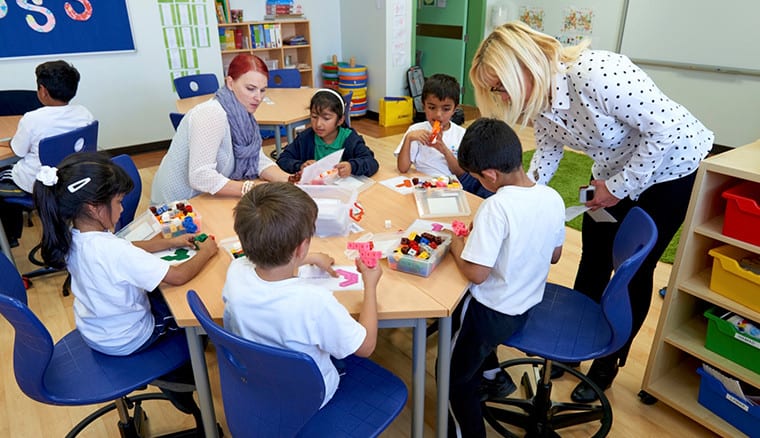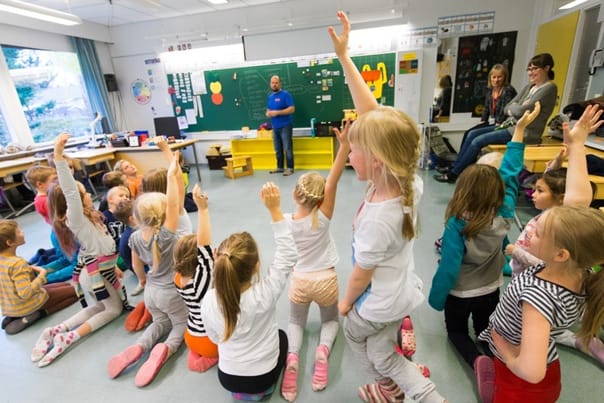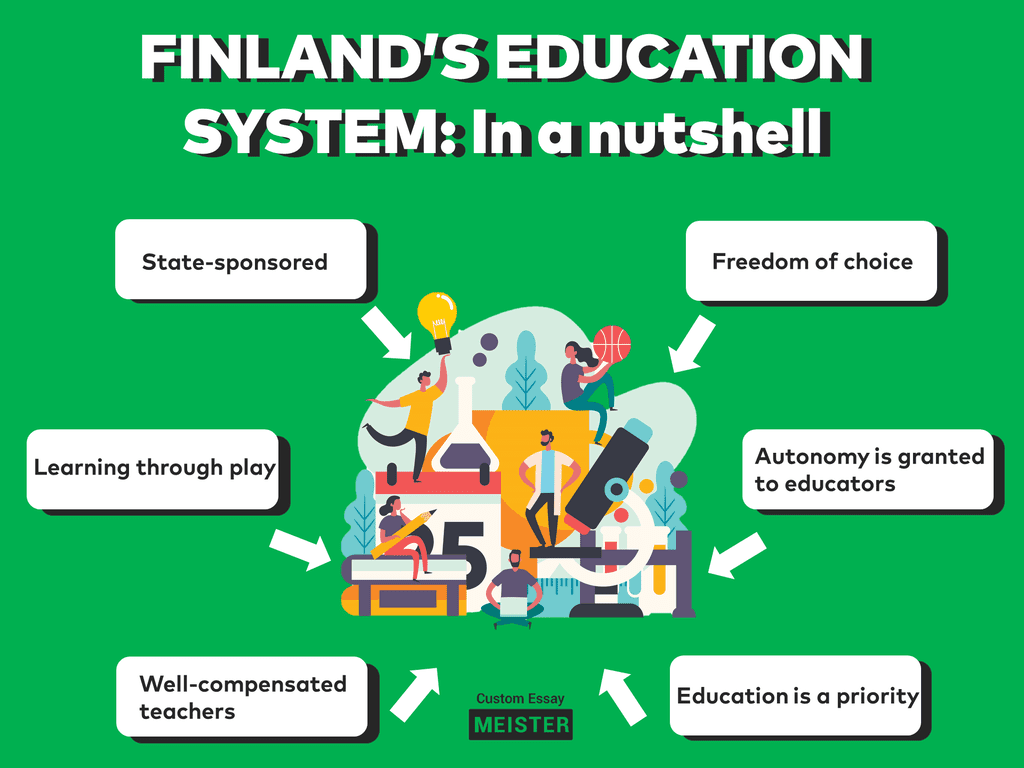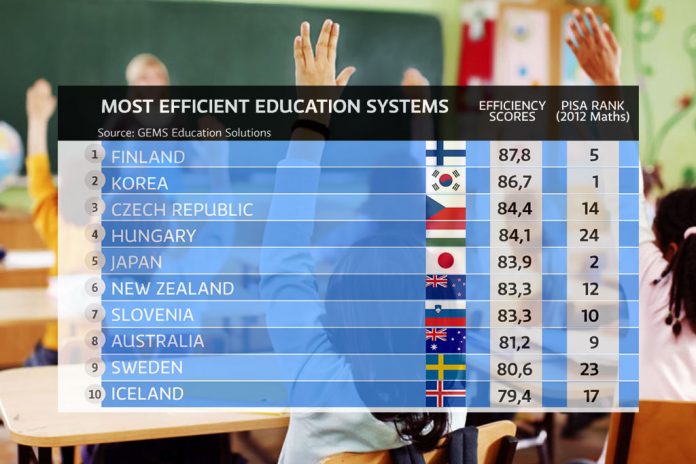In an article titled “What Makes Finnish Kids So Smart?,” Ellen Gamerman explains that while teenagers from Finland possess many of the same social habits as North American teenagers, such as wasting time on the internet, playing video games, and listening to heavy metal music, by the time they reach grade nine, they are more fluent in reading, science, and math than most students from the United States, Canada, or any other nation.

Taking a closer look at how the educational system is run in Finland reveals that there are a number of factors that could greatly contribute to the country’s continued academic success.
Finland’s Educational System
At schools in Finland they firmly believe that everybody has something to contribute to society and that no student should be left behind if they experience difficulty with certain subjects.

With this philosophy in mind, every classroom in Finland has an additional teacher put in place for the sole purpose of helping students that struggle. Since all students of a given grade are kept in the same classroom, this enables lessons to continue smoothly despite the fact that there are still a few students who may have a hard time grasping the subject matter.

One of the things unique to Finland’s educational structure is that there is no institutional separation between elementary school and high school. This means that, when they complete the eighth grade, students avoid the potentially unsettling changeover from one school to another and can focus more on learning rather than trying to fit in with a new crowd and an entirely new environment.

And unlike many other countries that begin sending their children to school as young as age 4, children in Finland don’t begin attending main school until they reach age 7. The idea behind this is that, prior to reaching age 7, children learn more from simply playing and interacting with the world around them.

It is also believed that by keeping children out of school a little longer it will ensure that, when they are finally ready to attend classes, they will be very enthusiastic and eager to begin learning.
The Learning Environment in Finnish Schools
At schools in Finland, there are no uniforms, you take your shoes off when you enter the classroom, and students call their teachers by their fist name. All things of which help to create a stress free environment where everyone can feel comfortable learning regardless of their aptitude level.

In like manner, there is also very little in the way of standardized testing at Finnish schools.
There are no tardy bells, no valedictorians, no classes for the gifted, no classes for the struggling, and students rarely receive more than a half-hour of homework a night. All in accordance with the idea that, in Finland, sometime less can be more.

A notion that also sees Finnish students spending the least amount of time in the classroom when compared to all other developed countries. Instead, the Finns dedicate more time to hobbies, family, and social activities, all of which can be both educational and fun.
Teaching in Finland
Since primary and secondary schools are combined in Finland, it is not uncommon for teachers to stay with students for as many as five years. During this time, teachers, like Marjaana Arovaara from Helsinki, get to know their students extremely well in terms of their personalities and preferences.

Even to the point that, in a BBC News Interview she described herself as a “school mother” who continually oversees the growth of her students as they progress through the early stages of their life. Through this method of placing talented teachers with students long-term, educators are able to pinpoint exactly which areas a student excels in, and also where they might need additional assistance in the future.

Good teachers are the backbone of a good education and, in Finland all teachers are required to have completed at least a masters degree.
Luckily, in places like Helsinki there is no shortage of young, talented individuals striving to become teachers because, there, it is viewed a well-paying and very respectable position that promises to be a rewarding experience. A factor that likely contributes to the country consistently getting higher test scores than all other developed countries.

Can Other Countries Adopt Finland’s Educational Strategy?
Sadly, Finland’s educational structure may not be so easily emulated by other countries since the rules they have put in place there are very much the result of a unique cultural atmosphere. One of the reasons why children don’t attend classes until age 7 is because reading is very popular in Finland and parents often teach their children to read at an early age.

- What Is Aromatherapy Vs. What Are Essential Oils?
- What is La Tomatina in Bunol, Spain Like? What to Expect at the Famous Tomato Throwing Festival
Parents also have more flexible work hours, which means they are able to stay home and look after their children during the day if needed. Migration levels are another key element. Because Finland has relatively low levels of immigration, many of the students who begin school there have Finnish as their native language.

This virtually eliminates any sort of a language barrier and facilitates a smoother learning process than would likely be experienced by students in countries that are culturally diverse.
In the end, there is no single factor that can be highlighted as the key to Finland’s educational success.

However, the idea of hiring only highly educated teachers who are committed to teaching students over the course of several years in a relaxed and stress free environment sure sounds like a strategy that is likely to yield favorable results from any country.


















